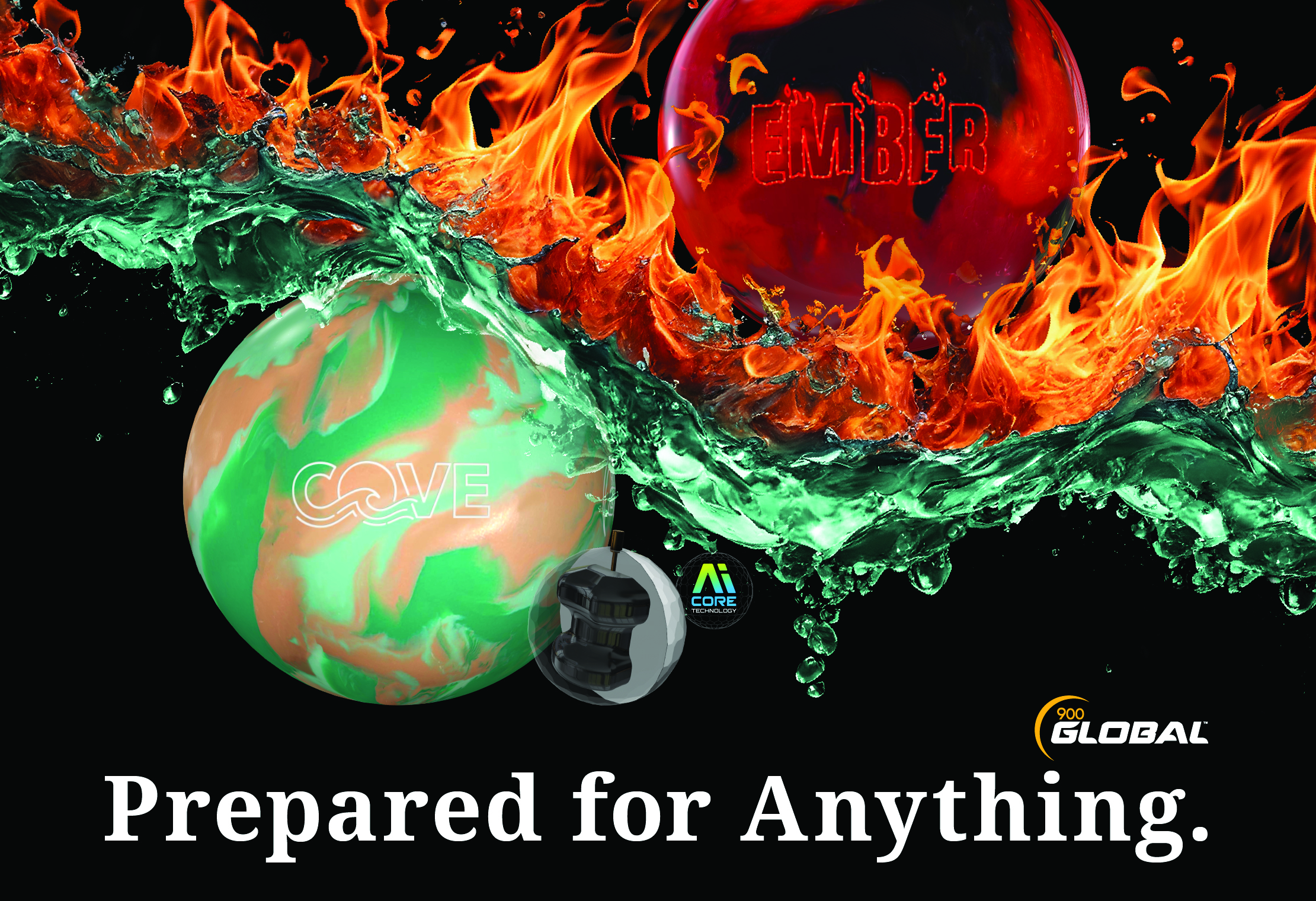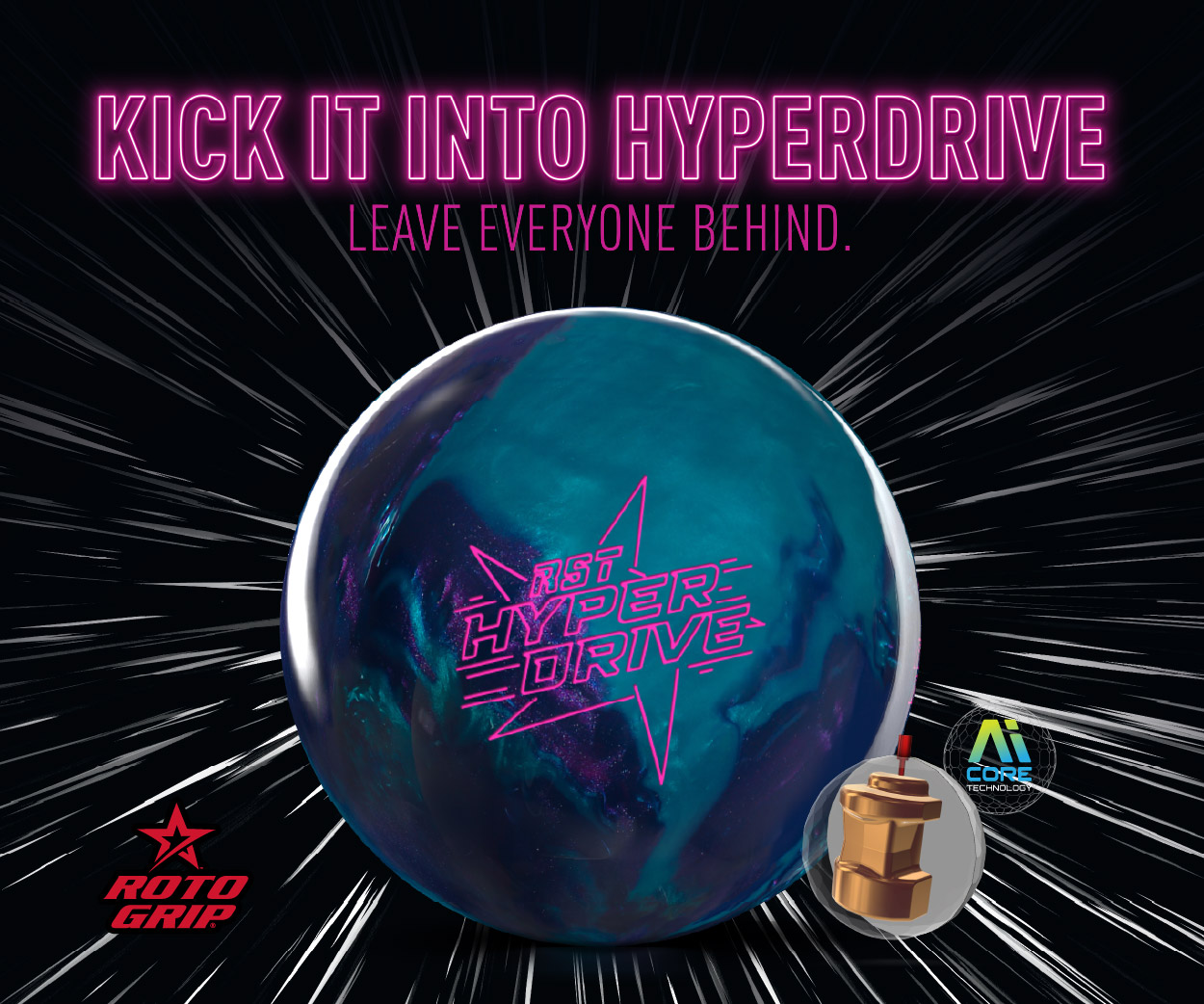Ball Layout: Pin up or Pin Down?
By Derek Petty
There is an extensive amount of information on the internet that discusses pin positions with relation to your positive axis point (PAP); as well as skid flip layouts compared to arc layout or etc. In this article we are going to discuss the basics of a Pin up or Pin Down layout and some of the aspects of both. The information below will not take into consideration Symmetrical or Asymmetrical cores nor each individuals PAP (i.e. logic here is for a five inch PAP).
Pin Up:
Pin Up layouts will provide you more length before the ball starts to react to the lane condition. Pin up layouts will react faster (typically more angular) when encountering friction. Pin Up layouts where the pin is closer to your PAP will react faster and harder to friction. Pin Up layouts where the pin is farther than your mid line (center of your grip) will have a defined/harder breakpoint to friction, but the reaction will be more forward rolling and less angular.
Pin Up layouts can be used on short and long oil patterns. There is no standard of when to use Pin Up layouts. In short oil patterns it can help the ball get down the lane. In long oil patterns it can allow the ball to not react to the condition until it has exited the oil. These balls often provide the angular reaction most are looking for on “typical house conditions” to increase carry.
Pin Down:
Pin Down layouts will provide you less length and an earlier roll. Pin Down layouts react slower and smoother to friction. Pin Down layouts where the pin is closer to your PAP will be smooth, but will still react faster to friction. Pin Down layouts where the Pin is farther than your mid line will have a very smooth arcing reaction. Pin Down layouts can be used in short and long oil patterns. Pin Down balls are typically used to smooth out the ball reaction and provide a
more controlled break point. Pin Down balls can be used on extreme wet dry conditions to tackle the “over/under” ball reaction. Choosing the pin placement for you should be based on the ball reaction you like to see when your ball travels down the lane (angular, smooth, early, or late). The lane condition will tell you what ball and layout you should use, but it is up to you to match that with what you like to see. Please consult your local pro shop operator for additional details and specifics for your game.





While most of this information is correct in broad strokes, it is important to emphasize that each player’s tilt, speed and rev rate are important ingredients when dialing in a ball reaction. Dividing reactions into ‘pin up’ and ‘pin down’ doesn’t do justice to the myriad of variables that can help a player tune a reaction. Nice article for an introduction to the general differences, but a professional should be consulted before plunking down your hard-earned cash. If you ever encounter a ball driller that tells you that it isn’t important that he/she sees you bowl before you talk about ball, surface, layout, etc., don’t walk– run out of that shop and find someone who will take the time to help you make an informed decision to help your game.